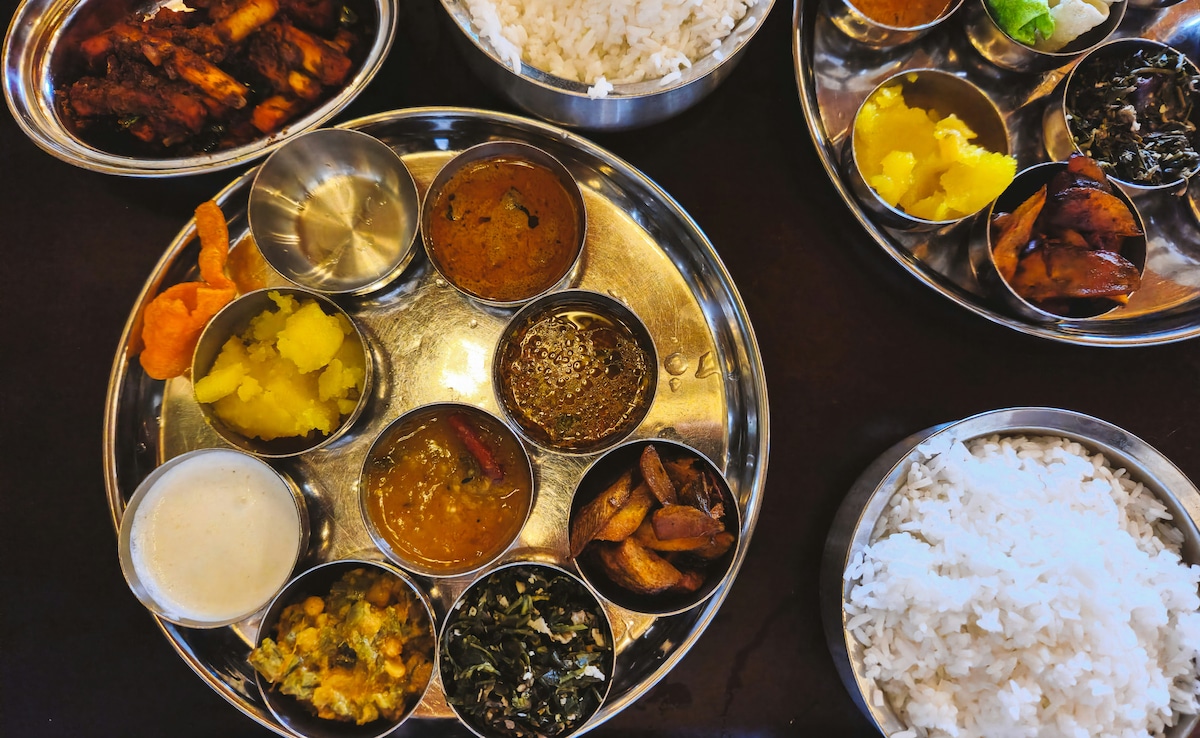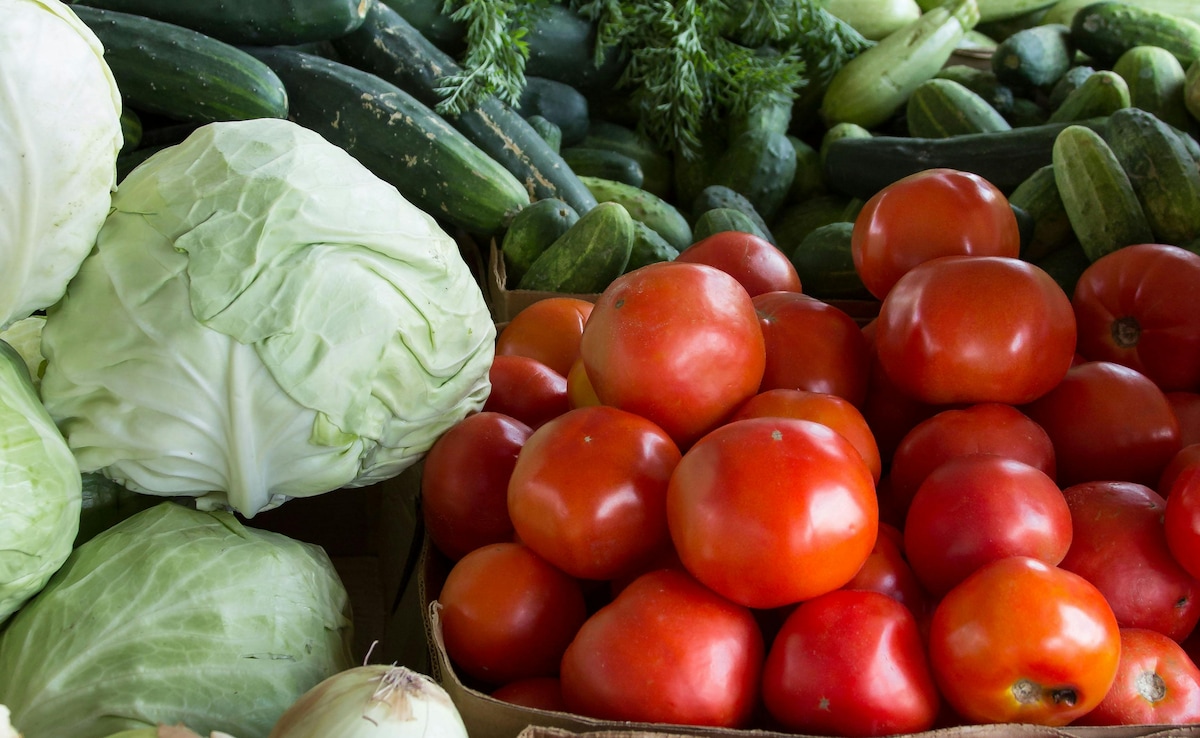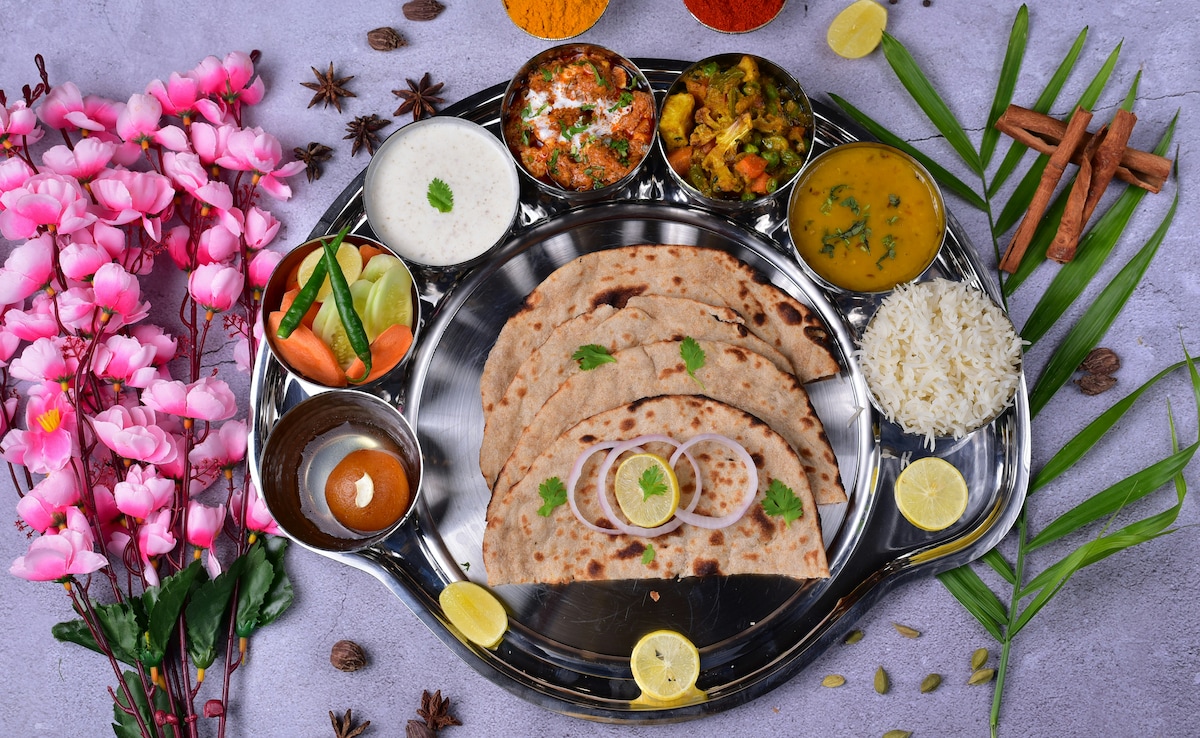
For many families across India, a thali is more than just lunch or dinner. It is a comforting mix of staples that reflects not only tradition but also the state of the household budget. Whether it is rice, dal and sabzi or chicken curry with rotis, the cost of a thali has always been a small but telling marker of how affordable everyday meals are. This August, that marker shifted. A report by Crisil Intelligence showed that home-cooked vegetarian thalis became 7 per cent cheaper, while non-vegetarian thalis dipped by 8 per cent compared with last year, thanks to softer commodity prices.
Also Read: 13 Grand Indian Thalis You Need to Try At Least Once In Your Life
What A Thali Really Represents
A thali is often the simplest way to measure food inflation. Unlike complicated indices, it mirrors what a family actually serves at the dining table. Changes in vegetable or grain prices immediately show up in the thali, making it one of the most relatable ways to understand how rising or falling costs affect daily life.
Why Vegetarian Thalis Became Cheaper

Photo Credit: Unsplash
The fall in vegetarian thali prices was largely driven by onion, potato and pulses. Compared with the same period last year, onion prices dropped by 37 per cent and potato prices by 31 per cent. The difference was stark because in 2023, potato production had declined by 5 to 7 per cent due to blight and shifting weather conditions, which had driven prices up.
This year, the picture looks different. Potato output is expected to be 3 to 5 per cent higher, while onion production has increased by 18 to 20 per cent. The higher supply has steadied markets and pulled down costs. Pulses too became 14 per cent cheaper on-year, supported by stronger production and better stock levels.
Impact Of Other Vegetables And Oils
Explaining the trend, Pushan Sharma, Director, Crisil Intelligence, said, "For potato and onion, the fall in prices was on a high base, while prices of pulses moderated amid higher production. However, an increase in tomato and vegetable oil prices limited the extent of the overall decline in thali costs."

In other words, while some staples brought relief, higher tomato and cooking oil prices kept the overall drop in check. Still, thali prices are expected to stay lower in the near term, given the strong base of vegetables and pulses.
Also Read: Craving An Authentic Indian Thali? Here Are The Top 5 Thali Places In Delhi-NCR
Government Policy And Future Outlook
The government has also stepped in to keep costs down. By allowing free imports of yellow pea and black gram, it has created additional downward pressure on pulse prices. Combined with steady production levels, this is likely to help households manage their monthly kitchen spend with more ease in the coming months.
Why Non-Vegetarian Thalis Also Cost Less

Photo Credit: Unsplash
For non-vegetarian thalis, the key driver of the decline was broiler meat. Prices fell 10 per cent compared with last year, which is significant because broiler makes up nearly half the cost of a non-vegetarian thali. This reduction, along with cheaper vegetables and pulses, made the overall meal more affordable.
Regional Impact On The Thali
The way thali prices are calculated gives an all-India picture, but the experience differs across regions. A rice-heavy thali in the south or east may respond differently to price changes than a wheat-based thali in the north. Similarly, meat-eating households may feel the drop in broiler prices more than vegetarian ones. This regional balance helps explain how the index captures a national story while still reflecting local realities.
Also Read: Gujarati Thali, Naga Thali And More: Make These 7 Traditional Thalis Easily At Home
How Thali Costs Are Calculated
The report explained that the average cost of preparing a thali is calculated based on prevailing input prices across north, south, east and west India. The monthly variations capture how food inflation impacts the common man's kitchen, making it a relatable marker of household spending.
Track Latest News Live on NDTV.com and get news updates from India and around the world

